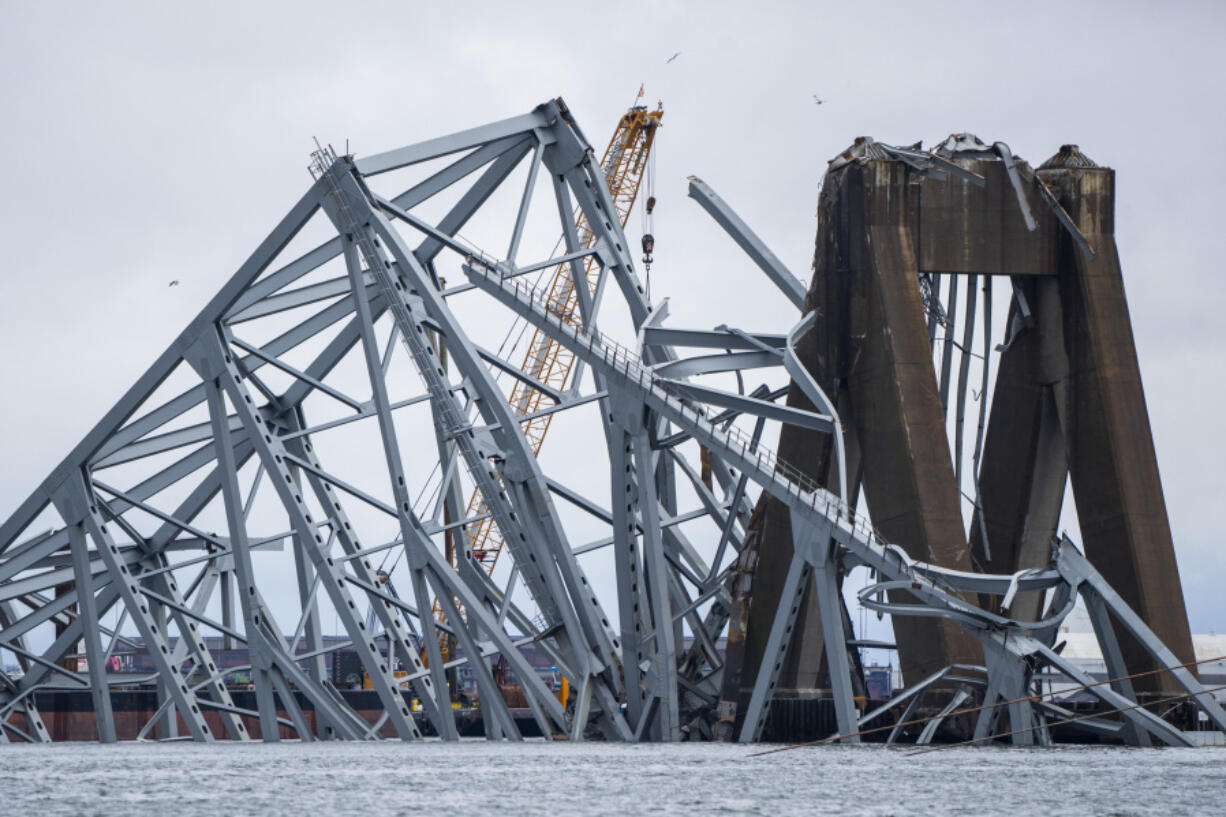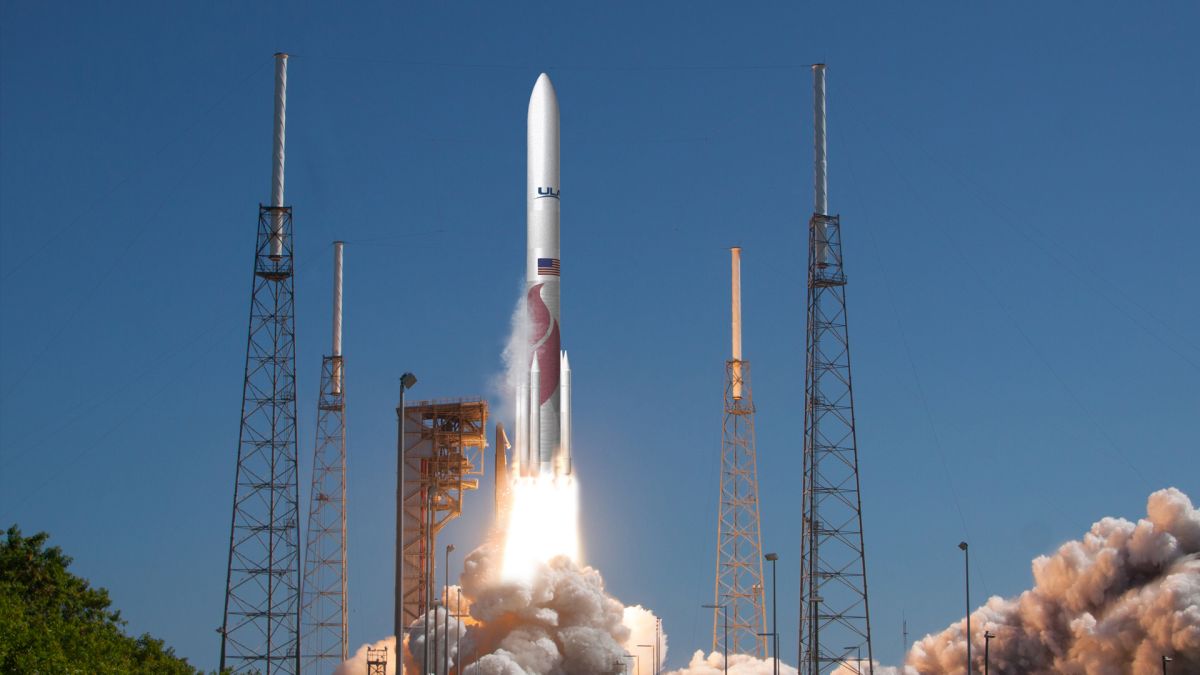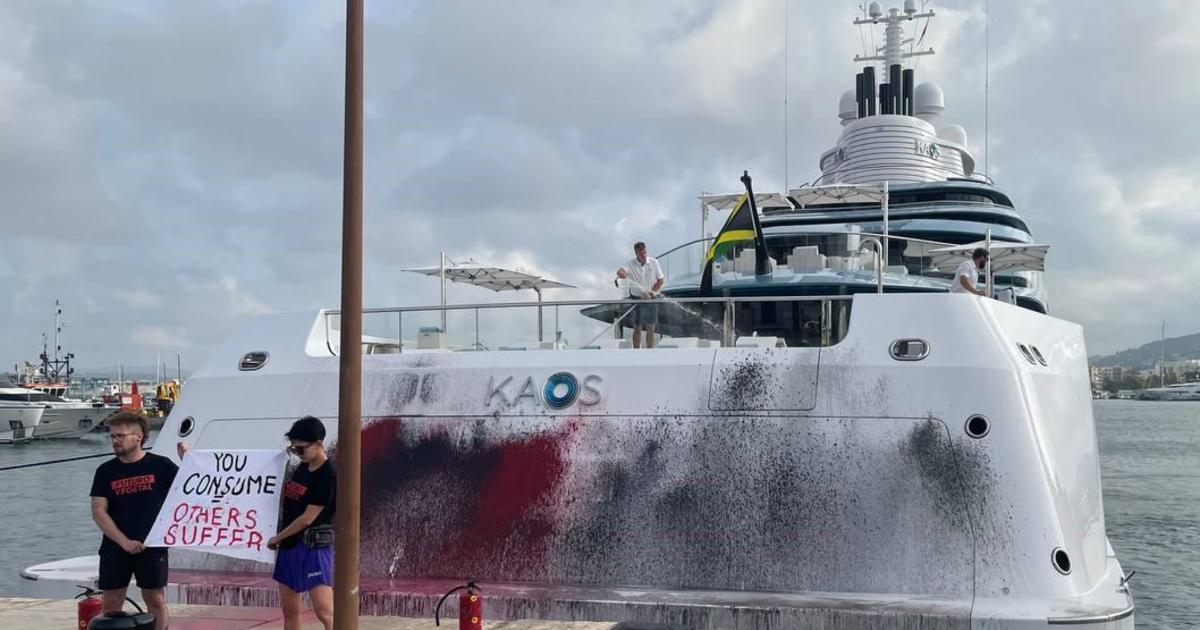The collapse of the Francis Scott Key Bridge in Baltimore has posed significant challenges to the region’s vital port operations. However, recent developments signal progress as the first vessel successfully navigated an alternate channel to bypass the wreckage. This article explores the implications of this milestone, the ongoing cleanup efforts, and the collaborative initiatives aimed at restoring normalcy to the affected area.
Overcoming Obstacles: The Journey of the First Vessel: A tugboat pushing a fuel barge became the first vessel to utilize an alternate channel, marking a crucial step in restoring navigation along the disrupted shipping route. Despite logistical hurdles, this successful passage underscores the resilience and adaptability of maritime operations in the face of adversity.
Navigational Challenges and Cleanup Efforts: The collapse of the Francis Scott Key Bridge has necessitated extensive cleanup efforts to clear the wreckage obstructing the main shipping channel. Dive teams and demolition crews are working tirelessly to remove debris and assess the structural integrity of the bridge. An update on the progress of these efforts sheds light on the magnitude of the task at hand and the strategies employed to expedite recovery operations.
Impact on Port Operations and Economic Implications: The disruption caused by the bridge collapse has reverberated throughout the Port of Baltimore, affecting shipping schedules, supply chains, and local businesses. The reopening of alternative channels offers a glimmer of hope for the resumption of normal port activities, but challenges persist. An analysis of the economic repercussions and measures to mitigate losses provides insight into the broader implications of the incident on regional commerce.
Government Response and Support Initiatives: Government agencies and local authorities are mobilizing resources to address the aftermath of the bridge collapse and support affected communities. Maryland Governor Wes Moore’s visit to assistance centers established by the Small Business Administration underscores the commitment to providing aid to impacted businesses. Legislative efforts to allocate financial assistance to port employees further highlight the collaborative approach to recovery and rebuilding efforts.
Safety and Risk Management: While the focus remains on recovery and restoration, ensuring the safety of workers and minimizing risks is paramount. Governor Moore emphasizes the importance of prioritizing the recovery of remaining victims while acknowledging the inherent dangers associated with the cleanup operations. An examination of safety protocols and risk mitigation strategies sheds light on the measures implemented to safeguard personnel and facilitate progress.
Looking Ahead: Towards Restoration and Resilience: As recovery efforts continue, stakeholders remain focused on the ultimate goal of restoring normalcy to the affected area and enhancing resilience against future challenges. The completion of cleanup operations, reopening of shipping channels, and comprehensive infrastructure assessments are critical milestones on the path to recovery. A forward-looking perspective underscores the resilience of Baltimore’s maritime industry and the collective resolve to overcome adversity.
The successful passage of the first vessel through an alternate channel represents a significant milestone in the aftermath of the Francis Scott Key Bridge collapse. As cleanup efforts progress and support initiatives gain momentum, the resilience of Baltimore’s port operations shines through. While challenges remain, the collaborative efforts of government agencies, maritime stakeholders, and the community at large inspire confidence in the region’s ability to navigate through adversity and emerge stronger than before.



















































































